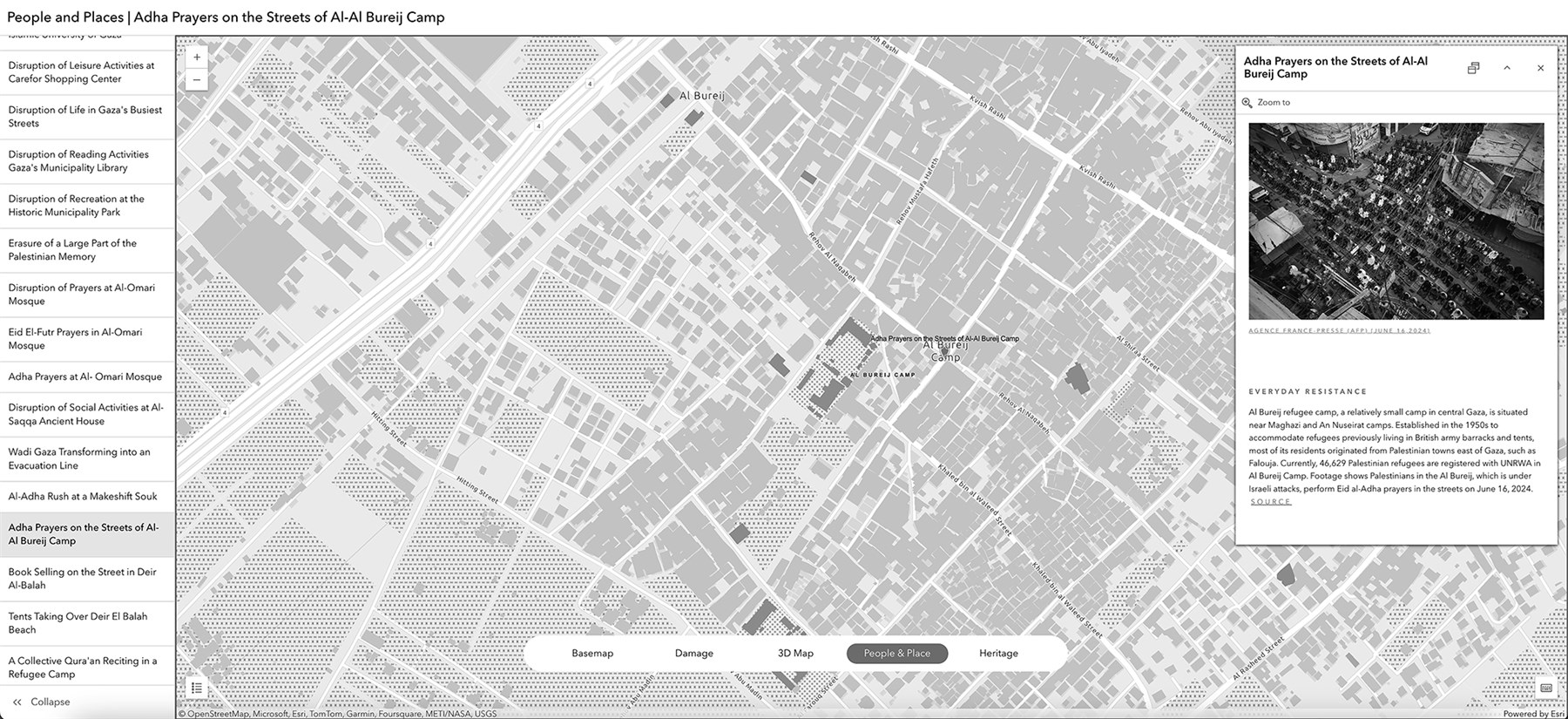Tracking the Urbicide in Gaza: Reflections on Framing and Methods
Abstract
This chapter discusses the project “Tracking the Urbicide in Gaza” conducted by the Beirut Urban Lab at the American University of Beirut following the onset of the war on Gaza in October 2023. Since October 7, 2023, the densely populated and besieged Gaza Strip has endured devastating military operations, reducing entire neighborhoods to rubble and shattering countless lives. By September 2024, 49.6% of buildings in Gaza had sustained damage, 71.6% of agricultural fields had been destroyed, and 82.4% of greenhouses had been eradicated. This unprecedented scale of destruction to the built environment warrants its classification as an urbicide.
Informed by its long-standing engagement with conflict-affected sites across the Arab region, the Beirut Urban Lab chose to engage with Gaza despite the challenge of working remotely and the limited access to reliable information. The chapter outlines the methodological approach adopted to track the urbicide in Gaza and document the cumulative damage across various layers of the built environment, as well as green and open spaces. The project involved extensive data consolidation from multiple sources, which were cross-referenced, verified, and continuously updated.
This documentation was framed as an act of archiving Gaza—a process that not only preserves records but facilitates the building of narratives, whether they depict Gaza’s pre-war history or envision its recovery. The aim was to create an egalitarian archive accessible to the people of Gaza, one that encourages multiple interpretations rather than reinforcing a privileged, singular narrative.
